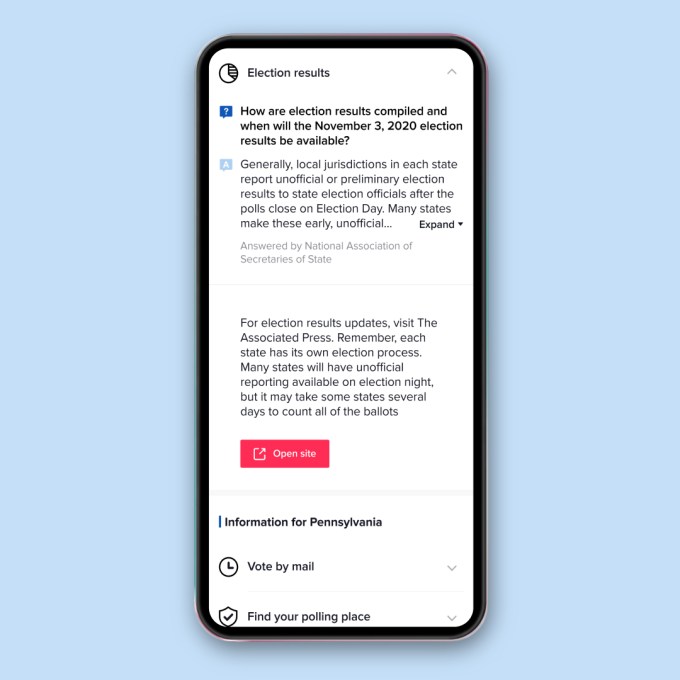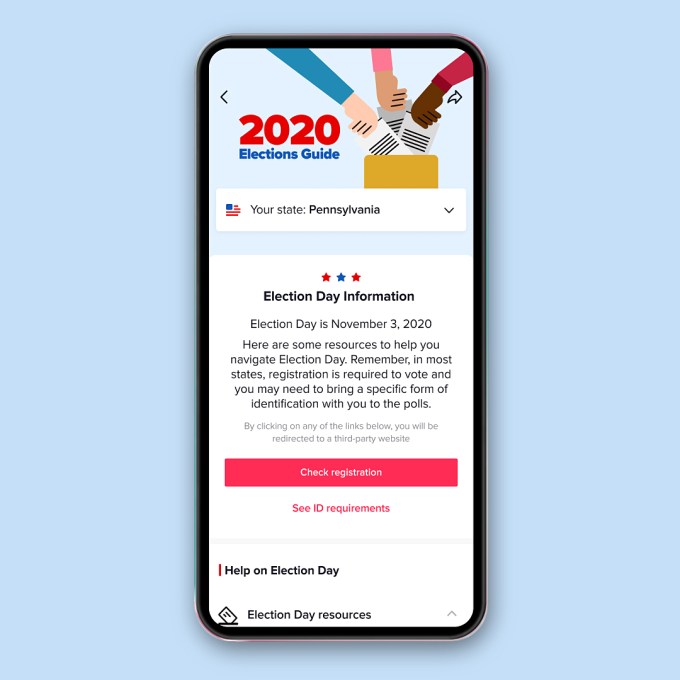News: Stripe Climate is a new tool to let Stripe customers purchase credits towards carbon removal efforts
Last year, payments giant Stripe announced that it would donate $1 million of its own funds annually into companies that are building technology to remove carbon from our environment, with the recipients of that investment announced in May of this year. Now, it’s expanding that commitment with a new product aimed at getting its customers
Last year, payments giant Stripe announced that it would donate $1 million of its own funds annually into companies that are building technology to remove carbon from our environment, with the recipients of that investment announced in May of this year. Now, it’s expanding that commitment with a new product aimed at getting its customers to invest, too.
Today, the company is launching Stripe Climate, a new tool that companies using Stripe can integrate to set up automatic contributions that are made as a percentage of each transaction — the company can set the percentage itself — with the proceeds feeding into an add-on pot on top of Stripe’s own investments in carbon reduction companies.
Currently there are four companies on that investment list: CarbonCure (which collects carbon dioxide and recycles it for other purposes, among other things); Climeworks, which is building carbon removal plants; Project Vesta, which has worked on projects like “green sand” to remove carbon on beaches; and Charm Industrial (converting waste biomass to bio-oil). These are “earthshots,” as it were — not completely proven tech that might be too costly to run if it does work — but as with moonshots, there will be a lot of capital needed even to see how and if they can get off the ground.
It’s also likely there will be more efforts added to the list — and maybe some subtracted — over time.
For now, companies using Stripe Climate don’t get a chance to choose how their contributions get invested: they basically mirror and follow the path of those being made by Stripe itself.
Stripe Climate is free to use, and Stripe said that the 25 companies testing out the service in a closed beta — the list includes Flexport, Substack, Flipcause, and OpenSnow — have already contributed hundreds of thousands of dollars to the effort.
“We built Substack because, while it’s easy to be depressed about the current state of the media business, we think there’s tremendous opportunity for those daring enough to be optimistic. We feel the same way about climate change,” said Chris Best, Co-Founder and CEO of Substack, in a statement. “We’re done with defaulting to depression. We want to help show the way to a better future—and better yet, we want to give all Substack writers the opportunity to join us. Stripe’s climate initiative is a gift because it removes all barriers to positive action. This program makes it easy, and valuable, to do the right thing. We’re proud to be part of it.”
Stripe Climate is playing on some important themes at the company.
Stripe — now valued at $36 billion — has made a name for itself primarily through a simple payments service that site and app developers can integrate by way of APIs, using a few lines of code. That has helped the company grow fast and pick up a huge number of users, from sole-trader outfits to much bigger businesses.
The company is using the same low-friction principle here with Stripe Climate: the idea is that while companies and individuals might in theory be committed to making investments in environmental causes, many don’t know where to begin, or how to do it in an efficient way. This gives them that way, having it integrated as part of its existing payments flow.
“A lot of the social issues dealing with right now are collective action problems,” said Nan Ransohoff, Stripe’s head of climate, in an interview. “Climate change is a collective action problem. Coordinating can be complicated and expensive. So can we make it easy to bring Stripe businesses together to make the whole bigger than the sum of its parts? If we can do it even a little bit we as a planet we will be in a better place.”
The second theme of this is how it fits into what Stripe is building on a more strategic level. Basic payments may be the company’s bread and butter, but on top of that it’s been adding a host of other services for businesses, from tools to help them incorporate their operations in the US, through to fraud prevention and analytics, and money advances and credit based on their existing activity on the platform. And the other week it also made its largest ever acquisition, buying a startup called Paystack in Nigeria, to enter more comprehensively into new geographies like Africa.
The idea is not just to make more money from their customers through value-added services, but to increase stickiness with customers, who might be less reluctant to switch out a simple API if that data is also integrated into a number of other parts of their business and how they operate.
Stripe Climate isn’t going to make Stripe or its customers any money — in fact, it’s a way for its customers to give money away — but it’s a very strong goodwill gesture that could go some way to building more loyalty and regard with its customers.
Ransohoff said that the plan will also be to expand Stripe Climate into a tool that these companies can also in turn offer to their own customers at checkout — not unlike the many offers you might already see these days to contribute money towards good causes when you are hitting “buy now” on any number of sites.










